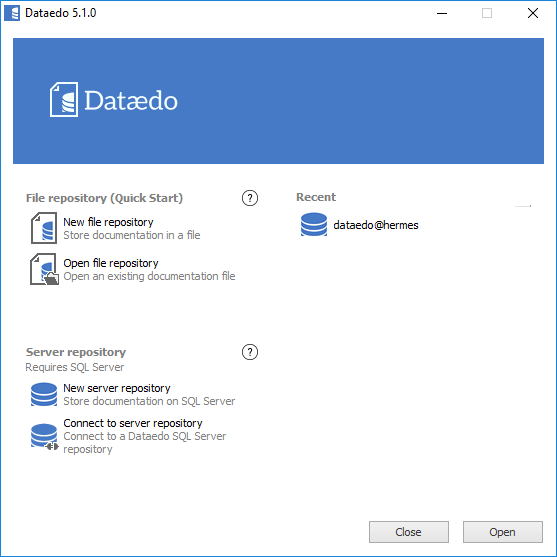
- #Windows server password repository pro#
- #Windows server password repository free#
- #Windows server password repository windows#
Logon ID allows you to correlate backwards to the logon event (4624) as well as with other events logged during the same logon session.
 Logon ID is a semi-unique (unique between reboots) number that identifies the logon session. Account Domain: The domain or - in the case of local accounts - computer name. The user and logon session that performed the action.
Logon ID is a semi-unique (unique between reboots) number that identifies the logon session. Account Domain: The domain or - in the case of local accounts - computer name. The user and logon session that performed the action. #Windows server password repository free#
Free Active Directory Change Auditing Solution.
#Windows server password repository windows#
Windows Event Collection: Supercharger Free Edtion. Free Security Log Quick Reference Chart. You will also see one or more event ID 4738s informing you of the same information. This event is logged both for local SAM accounts and domain accounts. This event is logged as a failure if the new password fails to meet the password policy. The Subject attempted to reset the password of the Target: Both Linux and Windows can be scripted to do this so it may save you some time and not make it so much of a burden.4724: An attempt was made to reset an accounts password Some password safes have delegation and logging so you may not even need to reset a password if the person never had access to it.Īutomate password reset process for root and admin accounts. Keep root and local administrator passwords in a password safe not general knowledge. This may be good in your instance because then they will rarely need the root password so it can be locked away. Use /etc/sudoers file for specific admin account on linux then the admins don't need the root password. And when an admin leaved just disable in one place and no access, then you can clean up the Linux side at your leisure. This simplifies account management somewhat. Use LDAP for Linux computer to authenticate administrator accounts to AD. Limit creation of local accounts on Windows servers unless required. Auditing User Accounts in Active Directory with the Windows Server 2012. Windows AD connected servers can have their local administrator passwords set through group policy by using either Group Policy Preferences (GPP) or a computer startup script. This event is logged as a failure if the new password fails to meet the password. This is a problem that has been lingering for some time and I finally want to resolve it. In those cases, we use VMWare templates for server builds.Īny ideas or suggestions will be greatly appreciated. About 10% of our hardware is dedicated to VMWare. We provision Linux severs with Cobbler. 
#Windows server password repository pro#
We manage all our Linux servers with Puppet (key authentication was an option I thought of but it will only address the #3 concern from above). Synergix ManageEngine Password Manager Pro Cyber-Ark Privileged Identity/Session Management Lieberman Software Password Manager Thycotic Secret Server.Although most of our servers are part of our AD domain, not all are.I wanted to know if anyone in a similar environment can suggest a more sane way of managing these credentials. Touch every server and change the passwords.Come up with a new non-administrator account password.Generate a new administrator password for each and every server.Change the password scheme for the administrator accounts.When somebody leaves our shop, we have to: Both of these accounts share the same password. On Windows-based systems, we create an additional account with administrator privileges. On Linux, our current practice is to create a shared non-privileged account where we could su to root. We are a relatively small shop (as far as number of sysadmins) with a mix of RHEL, Solaris, Windows 2003 and Windows 2008 servers about 200 servers in all.įor our administrator accounts ( root in Linux and admnistrator in Windows), we have a password scheme that depends on the data center location and a couple of other documented properties of the server.






 0 kommentar(er)
0 kommentar(er)
